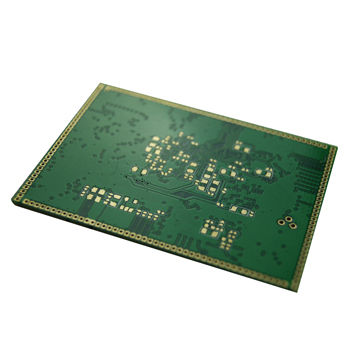Printed circuit boards are widely used in various electronics and technologies, making them very valuable devices. Whether it is a mobile phone, a computer or a complex machine, you will find that pcb is responsible for the function of the device. If the printed circuit board has defects or manufacturing problems, it may cause the final product to malfunction and cause inconvenience. Under these circumstances, manufacturers will have to recall these devices and spend more time and resources to repair the fault.
This is one of the main reasons why most developers turn to pcb designers and manufacturers for professional manufacturing and testing.
Why should pcb board be tested?
The test phase of PCB manufacturing is one of the most important phases. If you do not test your pcb board, there may be some errors and problems that were ignored during the production stage. These problems may eventually lead to field failures and defects. To reduce the chance of failure and maintain customer satisfaction, it is important to perform test procedures to ensure that the printed circuit boards and components are fully functional. There is a testing process throughout the production phase, which allows you to identify errors and problems earlier rather than in the final testing phase.
Printed circuit board design and manufacturing companies usually have careful and thorough testing procedures to ensure that the final printed circuit board is of the highest quality.
PCB component testing
The testing phase is usually a thorough phase and requires great attention to detail. The pcb board is composed of various complex components. These may include capacitors, resistors, transistors, diodes and fuses. These are the main components that need to be tested for any signs of irregularities and malfunctions.
Capacitors-Capacitors are small electronic devices that store energy in the form of electrostatic fields. Capacitors are responsible for blocking the flow of direct current and making it possible to store indirect current while storing energy. To test these capacitors, a voltage is applied to test whether they work as required. Otherwise, different results may appear, indicating short circuits, leakage, or capacitor failure.
Diode-A diode is a small electronic device that can transfer current in one direction. When it transmits current in one direction, it blocks the reverse current. The diode is a very sensitive device, and testing it requires care. It is recommended to consult an expert before testing sensitive parts to prevent damage
Resistor-Resistor is one of the main components of pcb board. These small electronic devices have two terminals that generate voltage from the current. To test these resistances, you can use an ohmmeter. Once the resistance is isolated, you can use a digital multimeter and connect the leads to the resistance for testing. If the reading is too high, it may be due to an open resistor.
Since the pcb board is composed of various complicated electrical components, it is very important to test whether the pcb board has any faults or errors that may cause the circuit board to malfunction. Each component should be monitored and tested to keep the functional printed circuit board at its full potential
Fastline Circuits Co.,Limited. takes the above three aspects as breakthrough points, and customers can easily choose the right manufacturer. At the same time, we must pay attention to the communication and exchange with manufacturers, so that the two sides can form a "mutually beneficial and win-win" state, and better promote product project cooperation.

